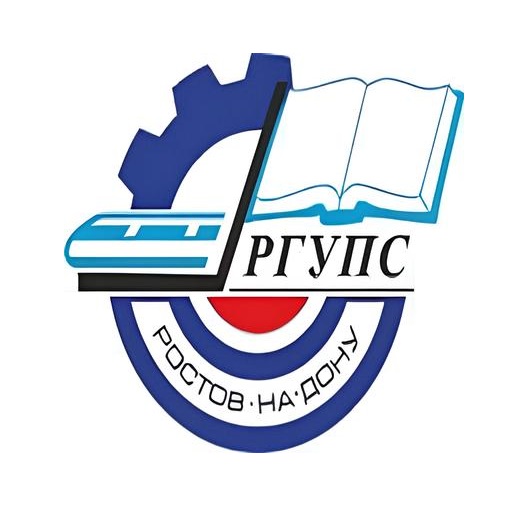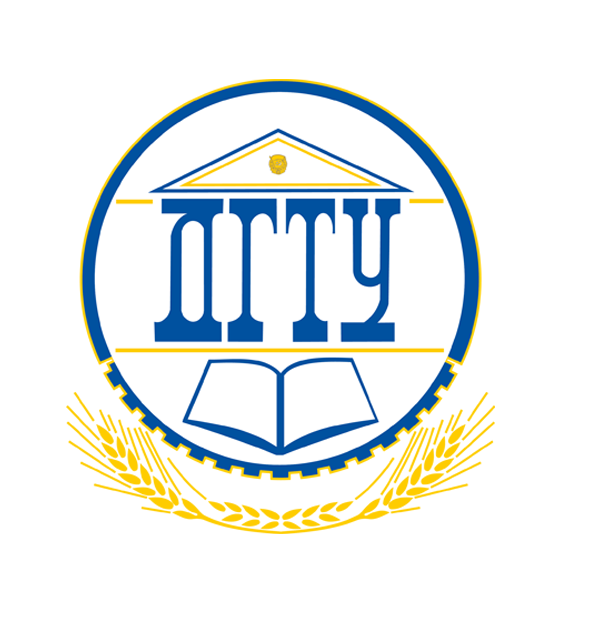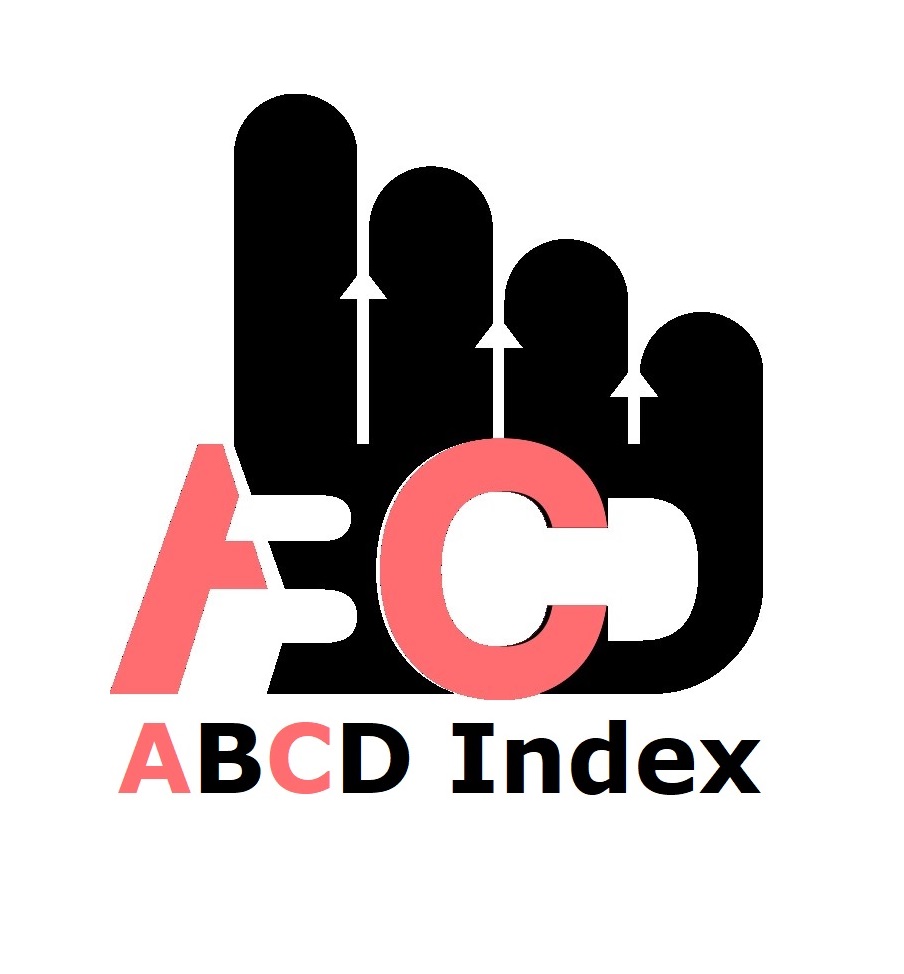Influence of Instructional Resource Utilization on Kiswahili Performance in Secondary Schools in Vihiga County, Kenya
Keywords:
Instruction, Instructional resources, Teacher PreparednessAbstract
Effective utilization of instructional resources during instruction in Kiswahili subjects is crucial for the students’ academic performance. Competence in teaching and learning the Kiswahili language has been a challenge, particularly at the secondary school level. Therefore, the purpose of the study was to establish the influence of the utilization of instructional resources on students’ performance in Kiswahili secondary schools in Kenya. The specific objective was to establish the influence of teachers' level of preparedness in the utilization of instructional resources on students’ performance in Kiswahili secondary schools. The study was based on two theories: The Cone of Experience by Dale and Bates' ACTIONS Model and mixed-methods research design were adopted in the study. Stratified random sampling and purposive sampling techniques were used to select the respondents for the study. The study was conducted in public secondary schools in Vihiga County. The study sample population included 294 teachers, 367 students, 13 principals, all selected from 42 public secondary schools, and 3 Quality Assurance and Standards Officers [QASOs]. A questionnaire was used to collect information from students and teachers, while principals and QASOs were interviewed. Additionally, observation schedules and document analysis were also used to collect more data. The instruments were validated using experts’ help for content and face validity. Piloting was done in two schools where Pearson’s Product Moment Correlation Coefficient was established for reliability. The coefficients obtained were r = 0.76 for teachers’ and r = 0.81 for students’ questionnaires. Data collected during the study was analyzed using frequencies, percentages, and regression analysis. Findings of the study revealed a serious shortage of instructional resources in schools in Vihiga County, ineffective utilization of available instructional resources, and the inability of teachers to improvise alternative resources. Therefore, the study recommends that to realize the desirable performance of students in Kiswahili, all stakeholders in education in Vihiga County should make available these resources in the schools. The study findings are envisaged to guide policymakers in the formulation of policies that would ensure appropriate utilization of instructional resources for teaching Kiswahili in secondary schools.
Published
How to Cite
Issue
Section
Copyright (c) 2023 Caroline Ayoti, Grace Koteng, Raphael Ong’unya

This work is licensed under a Creative Commons Attribution-NonCommercial 4.0 International License.
Most read articles by the same author(s)
- Elijah Okono, Elizabeth Abenga, Caroline Ayoti, Leveraging on Virtual Laboratory-Based Instruction to Achieve Active Classroom Interaction in Teaching and Learning of Physics in Secondary Schools in Kenya , African Journal of Empirical Research: Vol. 4 No. 2 (2023): Jul-Dec 2023























